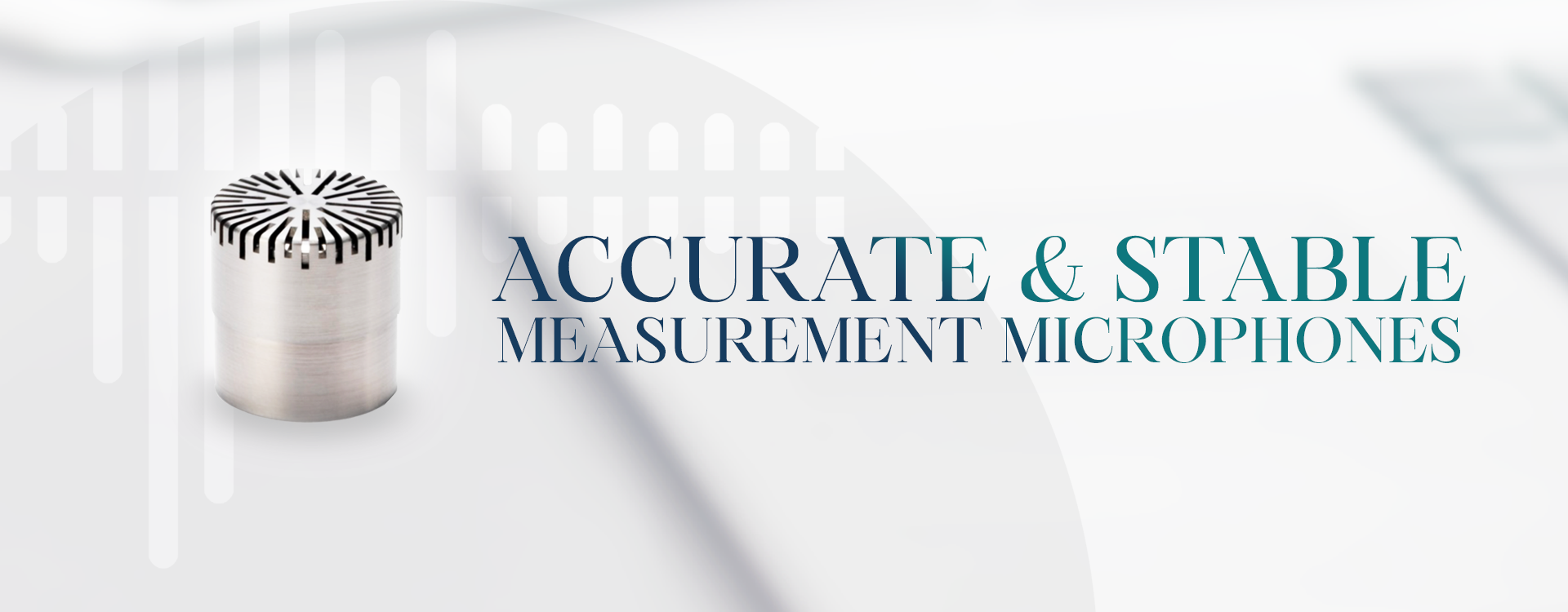
Accurate and Stable measurement microphones
According to different application scenarios, measurement sensors can be divided into three groups: free field, pressure field and random field. The fundamental difference between these three groups of sensors is that at high frequencies, the test wavelength is similar to the sensor size, and the presence of the sensor will affect the sound field.
FREE FIELD SENSOR
The free field sensor actually measures the sound pressure value when the sensor is not in the sound field. At high frequencies, the sensor itself can affect the sound pressure test. This type of sensor has been designed with compensation for its effect on the sound field.
For most sound pressure tests, we choose free-field microphones, which are used in sound level meters, sound power, and radiation studies.
PRESSURE FIELD SENSOR
The pressure field microphone measures the sound pressure on the sensor diaphragm. Practical applications are in closed coupling cavities, or in walls and solid boundaries. In this case, the sensor forms part of the wall and the measured sound pressure is also the value of the sound pressure on the wall.
RANDOM FIELD SENSOR
Random field sensors are used to test sound fields with sound from different sources, like reverberation chambers or other highly reflective fields. The effect of sound from different directions on the sensor depends on how these sound waves are distributed. For a test sensor, its distribution standard has been defined statistically. According to ANSI standards, random field sensors are often used in sound pressure level testing.
Discover a wide selections of our measurement microphones according to your sound measurement needs
Click on the product name below for more info!
Type
Diameter (Inch)
Sound Field
Frequency (Hz ~ kHz)
Nominal Sensitivity (mV/Pa)
Dynamic Range (dBA)
Polarization Voltage (V)
Height (mm)
IEC 61094 Designation

